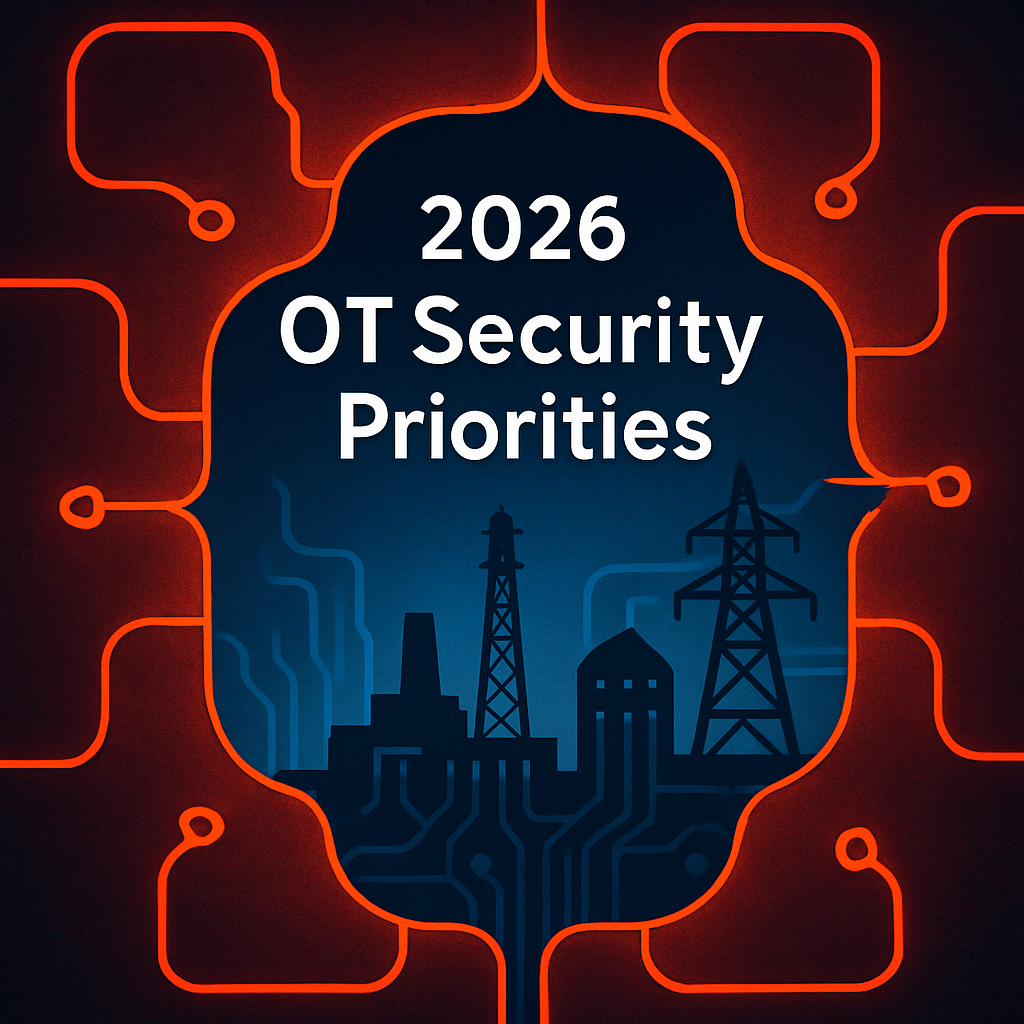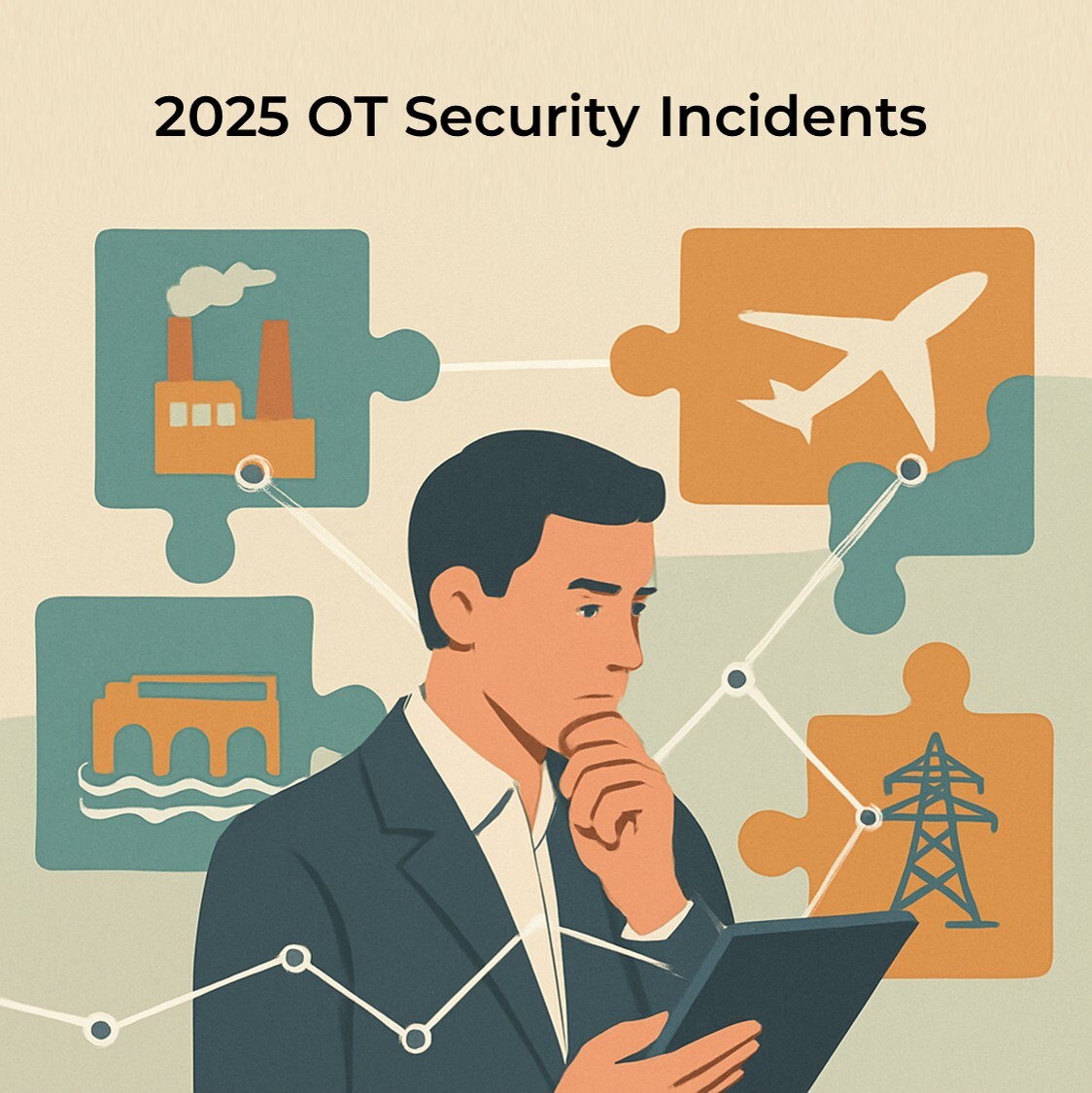Protecting Industrial Control Systems (ICS) from Identity Breach Incidents: Lessons from Notable Cases

In today's interconnected world, the security of Industrial Control Systems (ICS) is of paramount importance. These systems form the backbone of critical infrastructure, including power grids, water treatment facilities, and manufacturing plants. However, with the increasing reliance on digital technologies, ICS have become a prime target for cyberattacks. Identity breach incidents on ICS have risen to the forefront of global concerns due to their potential to disrupt essential services and industrial operations.
Notable ICS Breaches Revealing Complex Challenges
These breaches are a complex challenge, often arising from a combination of factors, including cyberattacks by state-sponsored actors, insider threats, and gaps in security measures. Several significant incidents below from different parts of the world show how serious they are.

- Oldsmar Water Treatment Facility Hack (United States, 2021): In February 2021, a hacker gained unauthorized access to the computer system of a water treatment facility in Oldsmar, Florida. They attempted to increase the levels of sodium hydroxide in the water supply to dangerous levels. Fortunately, an alert operator noticed the unauthorized activity and prevented any harm. This incident raised concerns about the security of critical infrastructure in the United States.
- Australian Parliament House Breach (Australia, 2020): In 2020, the Australian Parliament House suffered a cyberattack that breached its ICS. While this incident did not directly impact industrial operations, it highlighted the increasing threat to government infrastructure and the potential for similar attacks on critical infrastructure.
- Ukraine Power Grid Attack (Ukraine, 2015 and 2016): In December 2015 and December 2016, Ukraine experienced two separate cyberattacks on its power grid. These attacks resulted in widespread power outages affecting hundreds of thousands of people. The attackers used malware to breach the ICS, causing the power grid's disruption. These incidents are often attributed to state-sponsored groups, and they highlighted the vulnerabilities in critical infrastructure.
- Stuxnet Worm (Iran, 2010): Stuxnet is one of the most infamous ICS breaches in history. It targeted Iran's nuclear program, specifically the Natanz uranium enrichment facility. This highly sophisticated malware not only damaged centrifuges but also exposed vulnerabilities in ICS security. It remains unclear who was behind the attack, although it is widely believed to be a state-sponsored operation.
A Comprehensive Approach to Defend Against Identity Breach Incidents
As ICS breaches prove to be a global concern with potentially severe consequences, governments and organizations worldwide have been investing in improving the cybersecurity of their industrial systems. However, protecting ICS from identity breach incidents and other cybersecurity threats is a complex and ongoing process. Buying more cybersecurity equipment and adding more security layers will never solve it. Accordingly, security experts emphasize a combination of technical measures, best practices, and organizational policies to enhance ICS security.

- Effective Network Management: Implement strict network segmentation and access controls, including strong authentication mechanisms like one-time authentication code (OTAC) or multi-factor authentication (MFA). This approach limits access to critical ICS components and prevents lateral movement by attackers.
- Proactive Security Measures: Regularly update and patch all ICS software and hardware, backed by vulnerability assessments and risk analysis to prioritize critical patches.
- Real-time Threat Detection: Deploy Intrusion Detection and Prevention Systems (IDPS) and maintain a robust security monitoring system. This ensures continuous monitoring of ICS networks and swift responses to security incidents.
- Educated Workforce: Provide comprehensive cybersecurity training for all employees. Emphasize security best practices, phishing recognition, and prompt reporting of suspicious activity.
- Vendor and Regulatory Compliance: Ensure vendors and third-party suppliers adhere to strict security standards. Simultaneously, maintain compliance with industry-specific regulations and standards.
- Holistic Security Culture: Foster a culture of security within the organization. Ensure that all employees understand their role in protecting ICS systems and take security seriously.
- Collaboration and Planning: Collaborate with government agencies, industry groups, and organizations to share threat intelligence and best practices. Develop and test an incident response plan specific to ICS breaches to prepare for security incidents effectively.
Navigating the Evolving Landscape of ICS Security
It's important to note that ICS security is an evolving field, and staying updated on emerging threats and best practices is essential. Organizations should also conduct periodic risk assessments and adapt their security measures accordingly. Collaboration, information sharing, and a proactive approach to cybersecurity are key to protecting critical infrastructure from identity breach incidents and other cybersecurity threats.

--------------------

swIDch will continue its quest to innovate and pioneer next-generation authentication solutions. To stay up-to-date with the latest trends sign up to our newsletter and check out our latest solutions.

2025 made one truth uncomfortably clear: the biggest weaknesses in OT security no longer sit inside the control layer,

The OT and critical infrastructure incidents we witnessed throughout 2025 showed, with unusual clarity, where attackers

2025 was marked by a series of real-world OT and infrastructure incidents across Europe and North America. A dam gate
Looking to stay up-to-date with our latest news?